Home>Furniture>Bedroom Furniture>How To Fix A Bed Frame
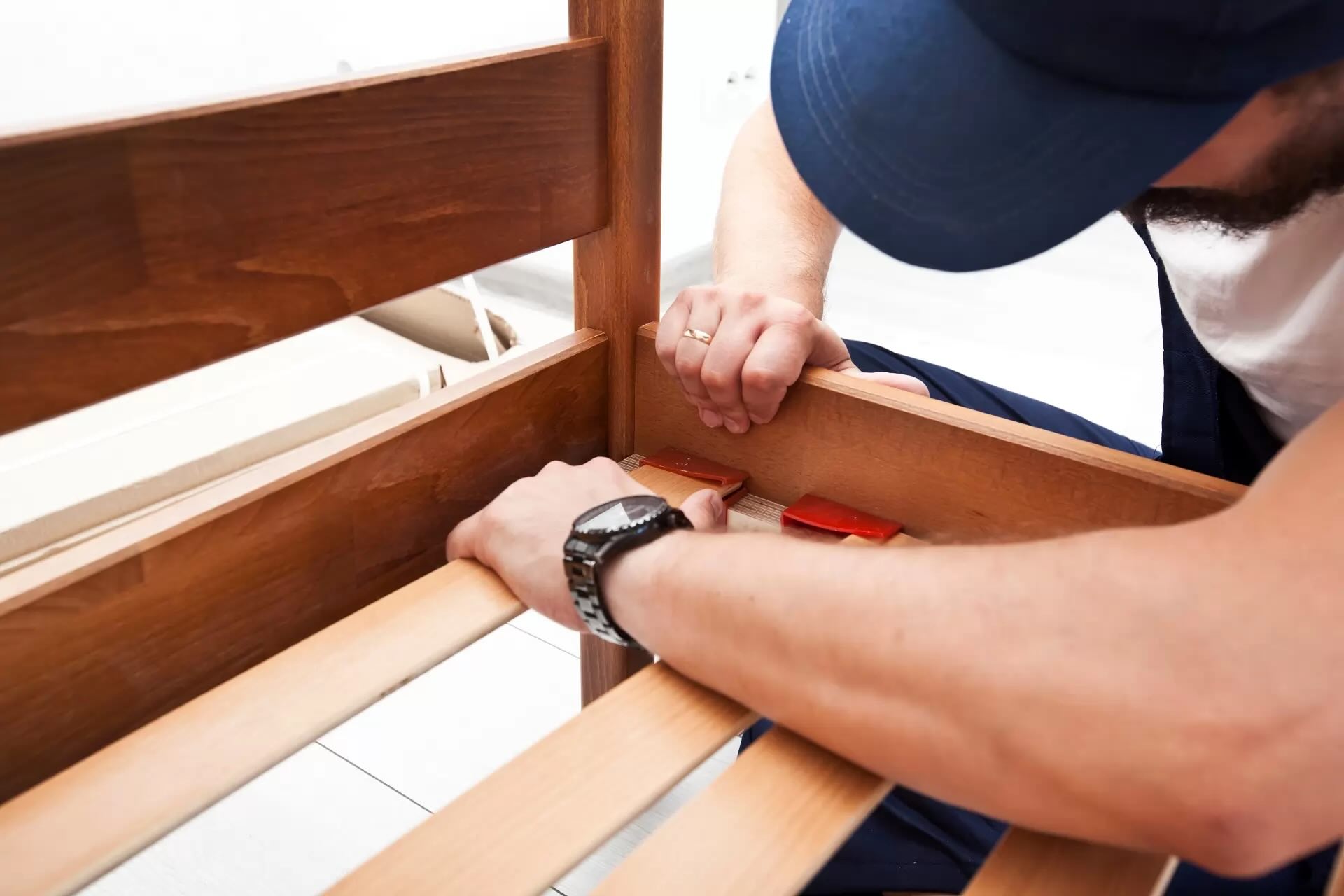

Bedroom Furniture
How To Fix A Bed Frame
Modified: February 24, 2024
Learn how to fix a bed frame with our easy-to-follow guide. Get expert tips and tricks for repairing your bedroom furniture and enjoy a good night's sleep.
(Many of the links in this article redirect to a specific reviewed product. Your purchase of these products through affiliate links helps to generate commission for Storables.com, at no extra cost. Learn more)
Introduction
Welcome to our comprehensive guide on how to fix a bed frame! A bed frame is an essential piece of furniture that provides support and stability to a mattress and foundation. Over time, wear and tear can cause issues such as broken slats, loose joints, or damaged upholstery. However, with a few simple tools and techniques, you can easily repair and restore your bed frame to its former glory.
In this guide, we will walk you through step-by-step instructions on how to fix common bed frame problems. Whether you’re dealing with a squeaky frame, a broken slat, or loose joints, we’ve got you covered. We’ll also share tips on how to reinforce corners and supports, repair damaged upholstery, and adjust the height or level the bed frame.
But first, let’s make sure you have the necessary tools and materials to tackle these repairs successfully.
Key Takeaways:
- Easily repair common bed frame issues like broken slats and loose joints with simple tools and materials, ensuring a stable and comfortable sleep experience.
- Regular maintenance and timely repairs will extend the lifespan of your bed frame, providing years of restful sleep and a supportive foundation for your mattress.
Read more: How To Fix A Sagging Bed Frame
Tools and Materials Needed
Before you begin repairing your bed frame, it’s important to gather the necessary tools and materials. Here’s a list of what you’ll need:
Tools:
- Phillips-head screwdriver
- Flathead screwdriver
- Adjustable wrench
- Hammer
- Drill
- Wood glue
- Measuring tape
- Pliers
Materials:
- Replacement slats (if needed)
- Wood screws
- Bed frame brackets
- Corner brackets
- Upholstery repair kit (if applicable)
Having these tools and materials on hand will make the repair process much smoother. Now that you’re prepared, let’s move on to assessing the issue with your bed frame.
Assessing the Issue
Before diving into the repair process, it’s essential to assess the issue with your bed frame. This will help you understand the extent of the problem and determine the appropriate course of action. Here are some common issues you might encounter:
- Broken slats: Check if any slats are cracked or completely broken. This can cause mattress sagging or discomfort.
- Loose or broken joints: Examine the joints of the bed frame, such as where the headboard and footboard connect, or where the side rails attach. Loose or broken joints can result in instability and noise.
- Worn-out upholstery or fabric: If your bed frame has upholstery or fabric covering, check for any tears, stains, or fraying. This can affect the aesthetics and overall appearance of the frame.
- Uneven or unstable frame: Ensure that the bed frame is level and stable. If it wobbles or sits unevenly on the floor, adjustments may be necessary.
By carefully examining your bed frame for these issues, you’ll have a clearer understanding of what needs to be addressed and which repair techniques to use.
Once you’ve assessed the issue, it’s time to move on to repairing your bed frame. In the following sections, we’ll guide you through the step-by-step process of fixing broken slats, securing loose joints, reinforcing corners and supports, repairing upholstery, and adjusting the height or leveling the frame. Let’s get started!
Repairing a Broken Slat
If you have a broken slat in your bed frame, it’s crucial to address it to prevent further damage and ensure optimal support for your mattress. Here’s a step-by-step guide on how to repair a broken slat:
- Remove the mattress: Start by removing the mattress and any bedding from the bed frame. This will give you better access to the broken slat.
- Inspect the slats: Examine all the slats to identify the broken one. If there are any other damaged or weakened slats, take note of them as well for potential future repairs.
- Remove the broken slat: Depending on the type of bed frame, the broken slat may be secured with screws or clips. Carefully remove the existing fasteners to detach the broken slat.
- Measure and cut a replacement slat: Take precise measurements of the length and width of the broken slat. Use these measurements to cut a new slat from a piece of lumber that matches the original slats in size and thickness.
- Install the replacement slat: Place the new slat in the same position as the old one. Secure it using screws or clips, following the same method used for the other slats.
- Test the repair: Once the replacement slat is securely in place, gently apply pressure to ensure that it can withstand regular use. If it feels sturdy and properly supports weight, the repair has been successful.
- Reassemble the bed frame: Put the mattress and bedding back on the bed frame, and make sure everything is properly aligned and in place.
Repairing a broken slat is a relatively straightforward process that can greatly improve the stability and comfort of your bed frame. However, if you encounter any difficulties or if the damage is extensive, it may be advisable to seek professional assistance or consider replacing the entire bed frame.
Next, let’s move on to fixing loose or broken joints in your bed frame.
Fixing Loose or Broken Joints
Loose or broken joints in a bed frame can result in instability, creaking noises, and even potential safety hazards. To restore the strength and stability of your bed frame, follow these steps to fix loose or broken joints:
- Identify the loose or broken joints: Inspect the joints of the bed frame, including where the headboard and footboard connect, and where the side rails attach. Look for any screws, bolts, or brackets that may have become loose or detached.
- Tighten loose screws and bolts: Using a Phillips-head screwdriver or an adjustable wrench, tighten any loose screws or bolts in the affected joints. Ensure they are firmly secured but be careful not to overtighten and strip the screws.
- Reinforce with additional screws or brackets: If the loose joint continues to be problematic, strengthen it by adding extra screws or brackets. This will provide additional support and stability.
- Repair or replace broken joints: If a joint is broken beyond repair, it may need to be replaced. Remove any damaged hardware and replace it with new screws, bolts, or brackets that match the original specifications.
- Test the repaired joints: After making the necessary repairs, check the joints by applying gentle pressure to ensure they are secure and stable. If there is no wobbling or movement, the repair process was successful.
By fixing loose or broken joints, you’ll significantly improve the overall stability and durability of your bed frame. It’s important to address these issues promptly to prevent further damage and potentially dangerous situations. However, if you encounter any difficulties or if the damage is extensive, it’s recommended to consult with a professional carpenter or consider replacing the bed frame altogether.
Next, let’s discuss how to reinforce corners and supports to improve the longevity and strength of your bed frame.
Check for loose or broken screws and tighten or replace them. Inspect the frame for any cracks or damage, and use wood glue or brackets to reinforce weak areas.
Read more: How To Fix A Bent Bed Frame
Reinforcing Corners and Supports
Reinforcing the corners and supports of your bed frame is essential for maintaining its stability and preventing future damage. Follow these steps to reinforce the corners and supports:
- Inspect the corners and supports: Check all the corners and support areas of the bed frame to identify any weak spots or areas that may require reinforcement.
- Add corner brackets: Install corner brackets at the joints where the headboard and footboard connect to the side rails. These brackets will provide additional support and prevent the frame from wobbling.
- Attach L-brackets: Use L-brackets and screws to reinforce the corners where the side rails meet the headboard and footboard. These brackets will add stability and prevent the frame from shifting or twisting.
- Insert corner blocks: In some cases, you may need to insert corner blocks between the headboard and footboard to reinforce the frame’s overall structure. Use wood glue and screws to secure the corner blocks in place.
- Strengthen support beams: If your bed frame has support beams running across the width or length, inspect them for any signs of weakness. Reinforce them by adding additional screws or brackets for added stability and support.
- Test the reinforcement: After reinforcing the corners and supports, apply pressure to the frame to ensure that it can withstand regular use without wobbling or shifting.
Reinforcing the corners and supports of your bed frame will significantly increase its stability and longevity. By taking these precautionary steps, you can prevent future damage and enjoy a restful sleep without worrying about the stability of your bed frame.
Next, let’s explore ways to repair damaged upholstery or fabric on your bed frame.
Repairing Damaged Upholstery or Fabric
If your bed frame has upholstery or fabric covering that has been damaged, it’s important to repair it to restore the aesthetics of your frame. Follow these steps to repair damaged upholstery or fabric:
- Clean the damaged area: Start by cleaning the damaged area of the upholstery or fabric. Use a fabric cleaner or a mild detergent to remove any dirt or stains.
- Assess the damage: Determine the extent of the damage. If it’s a minor tear or small hole, it may be possible to repair it yourself. If the damage is severe or extensive, consider consulting a professional upholstery repair service.
- Repair small tears or holes: For small tears or holes, use a fabric repair kit that includes adhesive and patches. Apply adhesive to the damaged area, place the patch over it, and press firmly to ensure it adheres properly.
- Reattach loose fabric: If the fabric is coming loose from the frame, use a staple gun or upholstery tacks to reattach it. Pull the fabric taut and secure it to the frame, being careful not to damage or rip the fabric further.
- Replace damaged upholstery: If the damage is extensive, you may need to replace the damaged upholstery or fabric. Remove the old fabric by carefully detaching it from the frame, and then replace it with new fabric, following the manufacturer’s instructions.
Repairing damaged upholstery or fabric will not only enhance the appearance of your bed frame but also prevent further deterioration. However, if you are unsure about how to proceed, it’s advisable to seek professional assistance to ensure a proper and long-lasting repair.
Next, let’s explore how to adjust the height or level your bed frame for optimal comfort.
Adjusting the Height or Leveling the Bed Frame
Ensuring that your bed frame is at the correct height and level is essential for optimal comfort and support. Follow these steps to adjust the height or level your bed frame:
- Assess the current height: Determine if the bed frame is too high or too low for your preference. Consider the height of your mattress and any additional factors, such as the use of a box spring or adjustable base.
- Adjust the height with risers: If you find that the bed frame is too low, you can add bed risers underneath the legs to increase the height. Bed risers are available in various heights and materials, such as plastic or metal.
- Ensure proper support: When using bed risers, it’s important to ensure that they provide stable and secure support. Make sure the risers are properly seated and that the legs of the bed frame are securely placed on top.
- Level the bed frame: Use a level tool to check if your bed frame is level. If it’s not, adjust the height of the legs by turning adjustable feet or adding shims to balance the frame.
- Test for stability: After adjusting the height and leveling the bed frame, test it for stability by gently applying pressure. Make sure it doesn’t wobble or sway.
Adjusting the height or leveling your bed frame will ensure a comfortable sleep experience and prevent any discomfort caused by an uneven or misaligned frame. By following these steps, you can customize your bed frame to your desired height and maintain proper stability.
By following the instructions in this guide, you now have the knowledge to fix common issues with your bed frame. Whether it’s repairing a broken slat, fixing loose joints, reinforcing corners, repairing damaged upholstery, or adjusting the height or leveling the frame, you can tackle these repairs with confidence.
Remember, regular maintenance and timely repairs will extend the lifespan of your bed frame, providing you with years of comfortable and restful sleep.
Conclusion
Now that you have learned how to fix a bed frame, you can confidently address common issues that may arise over time. By following the step-by-step instructions provided in this comprehensive guide, you can repair broken slats, fix loose or broken joints, reinforce corners and supports, repair damaged upholstery or fabric, and adjust the height or level the bed frame. These repairs will not only improve the stability and functionality of your bed frame but also enhance its aesthetics.
Remember, regular maintenance and timely repairs are key to ensuring the longevity of your bed frame. By addressing issues promptly, you can prevent further damage and potential safety hazards. Additionally, maintaining a properly functioning bed frame contributes to a comfortable sleep experience, ensuring you get the rest you deserve.
It’s important to note that while many bed frame repairs can be done by yourself, there may be instances where professional assistance is necessary. If you encounter major structural damage or feel unsure about the repair process, it’s always wise to consult with a professional carpenter or consider replacing the bed frame altogether.
By taking care of your bed frame and addressing any issues early on, you can enjoy a solid and supportive foundation for your mattress, promoting healthy sleep and overall well-being. So, don’t let a broken slat or loose joint disrupt your sleep – grab your tools, follow the steps outlined in this guide, and bring new life to your bed frame!
We hope this guide has been helpful to you. Sleep well!
Frequently Asked Questions about How To Fix A Bed Frame
Was this page helpful?
At Storables.com, we guarantee accurate and reliable information. Our content, validated by Expert Board Contributors, is crafted following stringent Editorial Policies. We're committed to providing you with well-researched, expert-backed insights for all your informational needs.
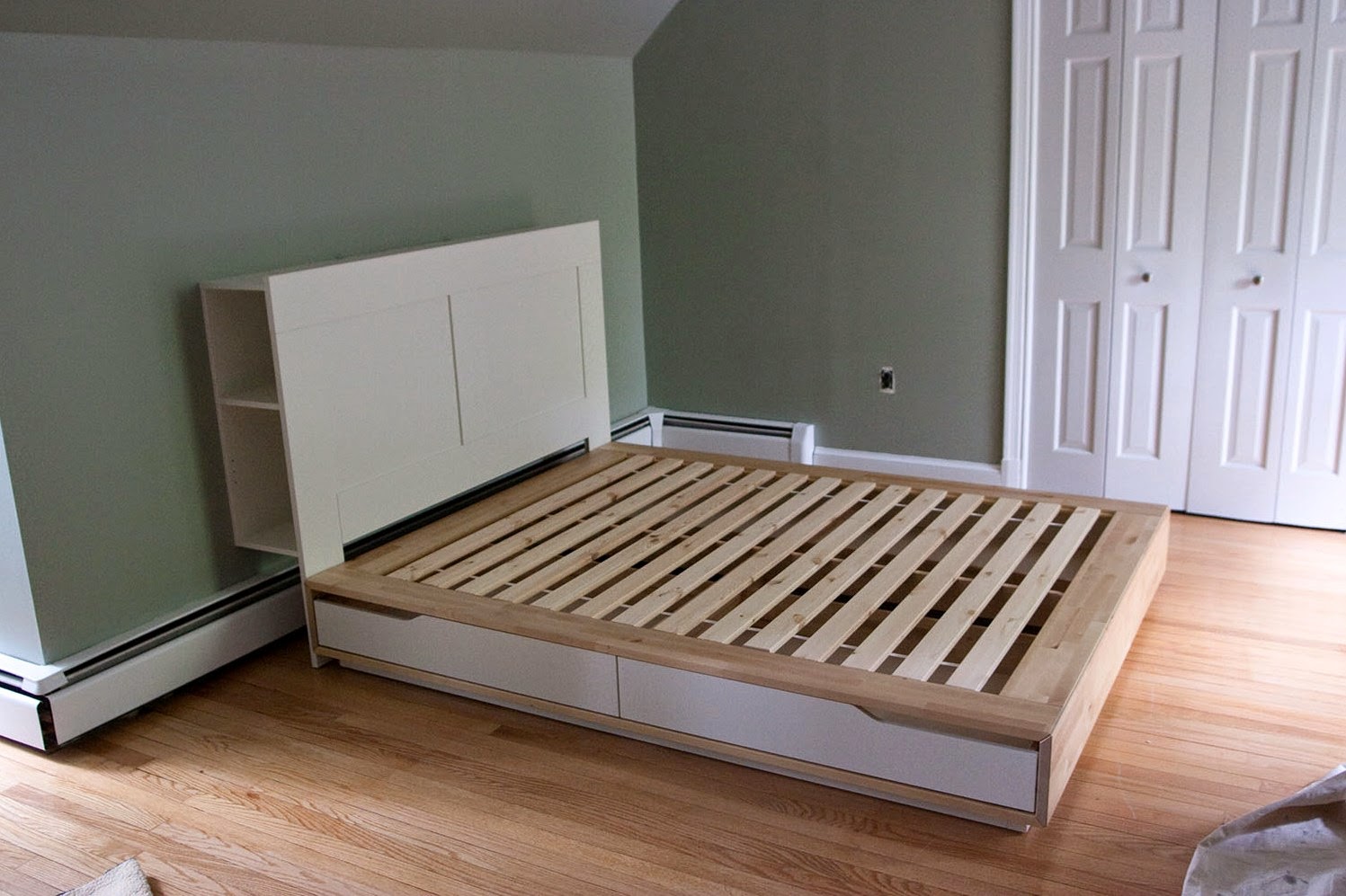
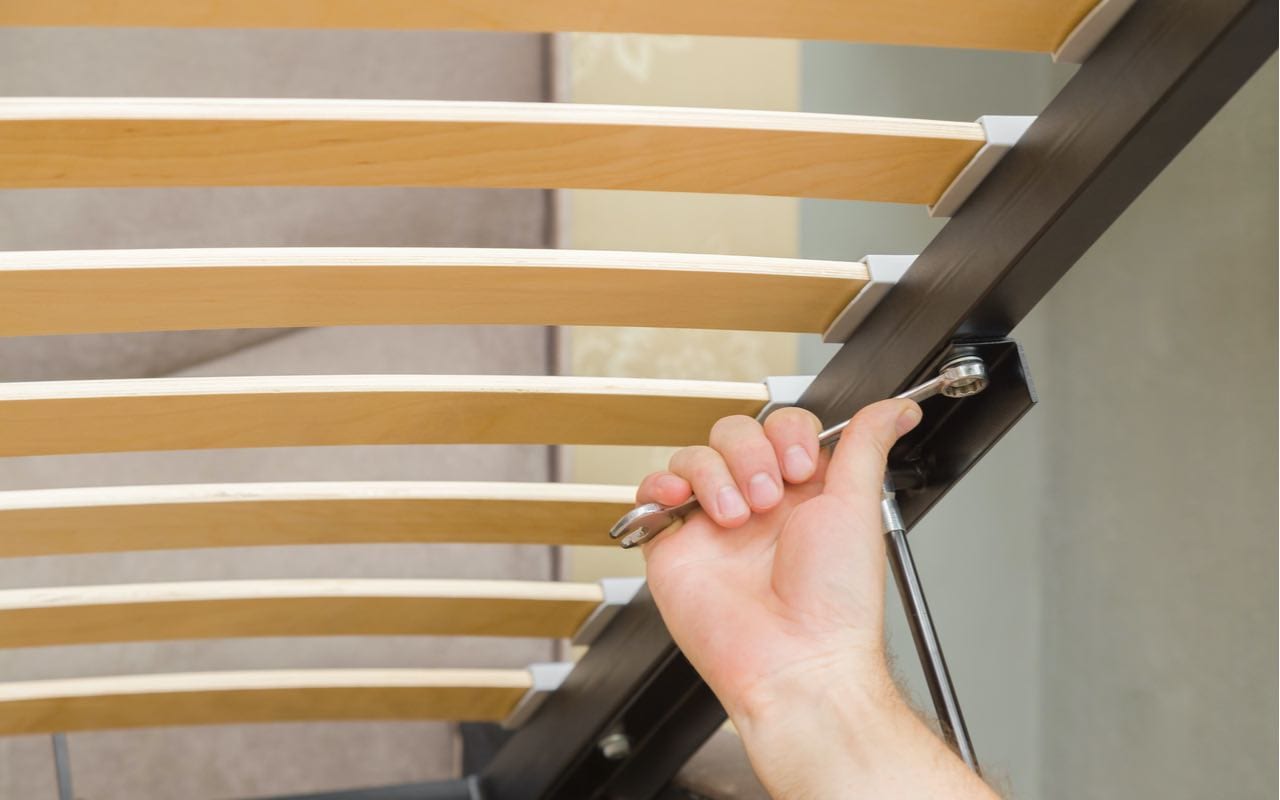
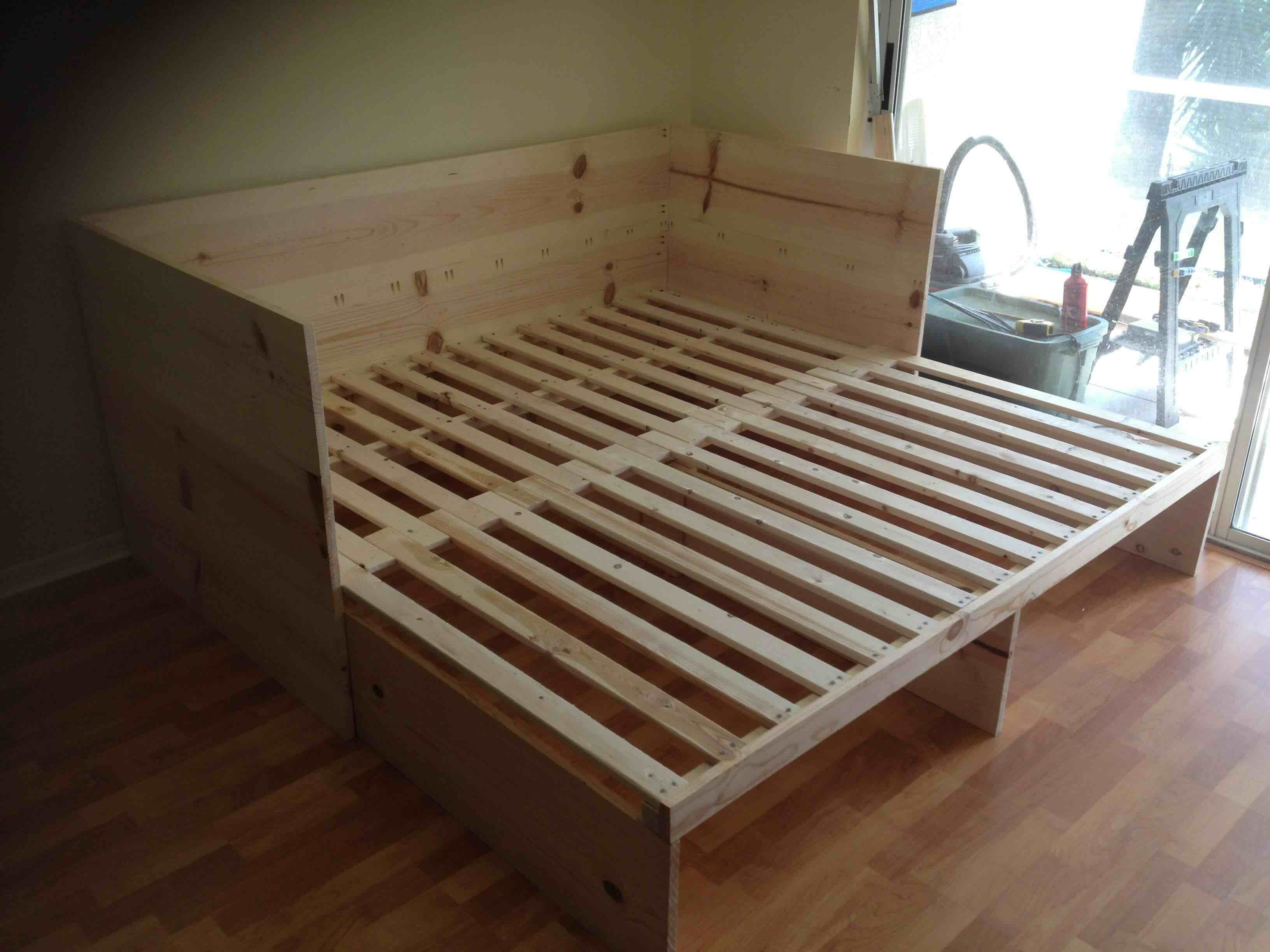
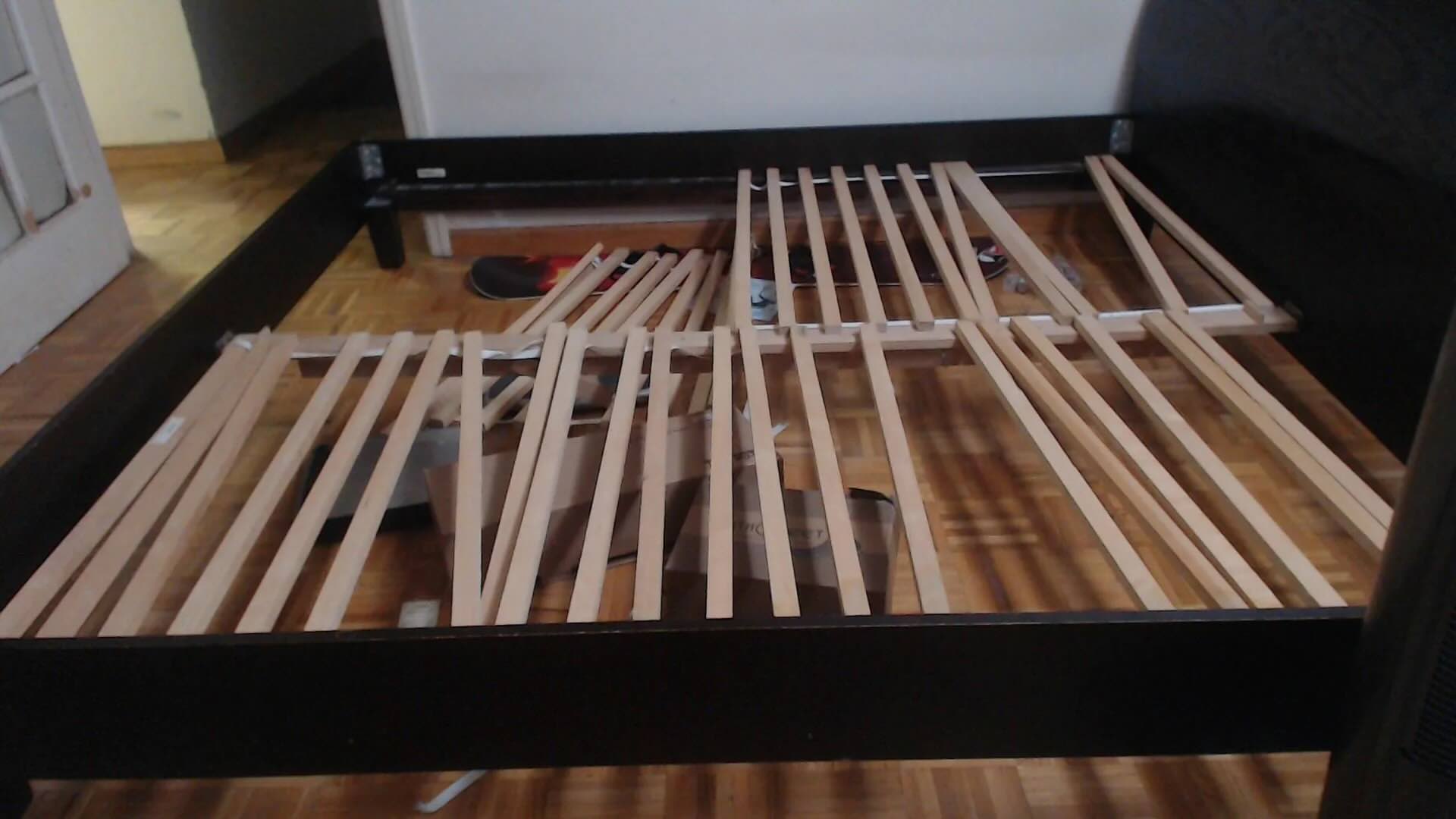
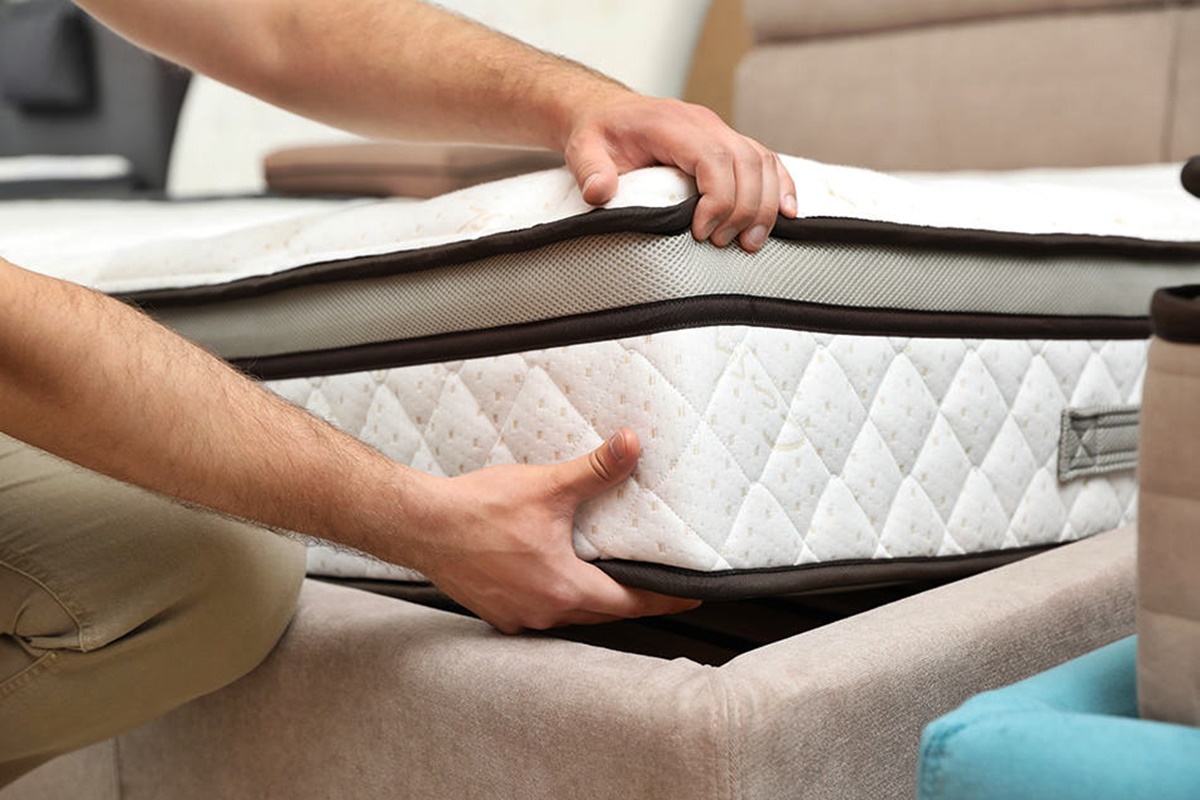

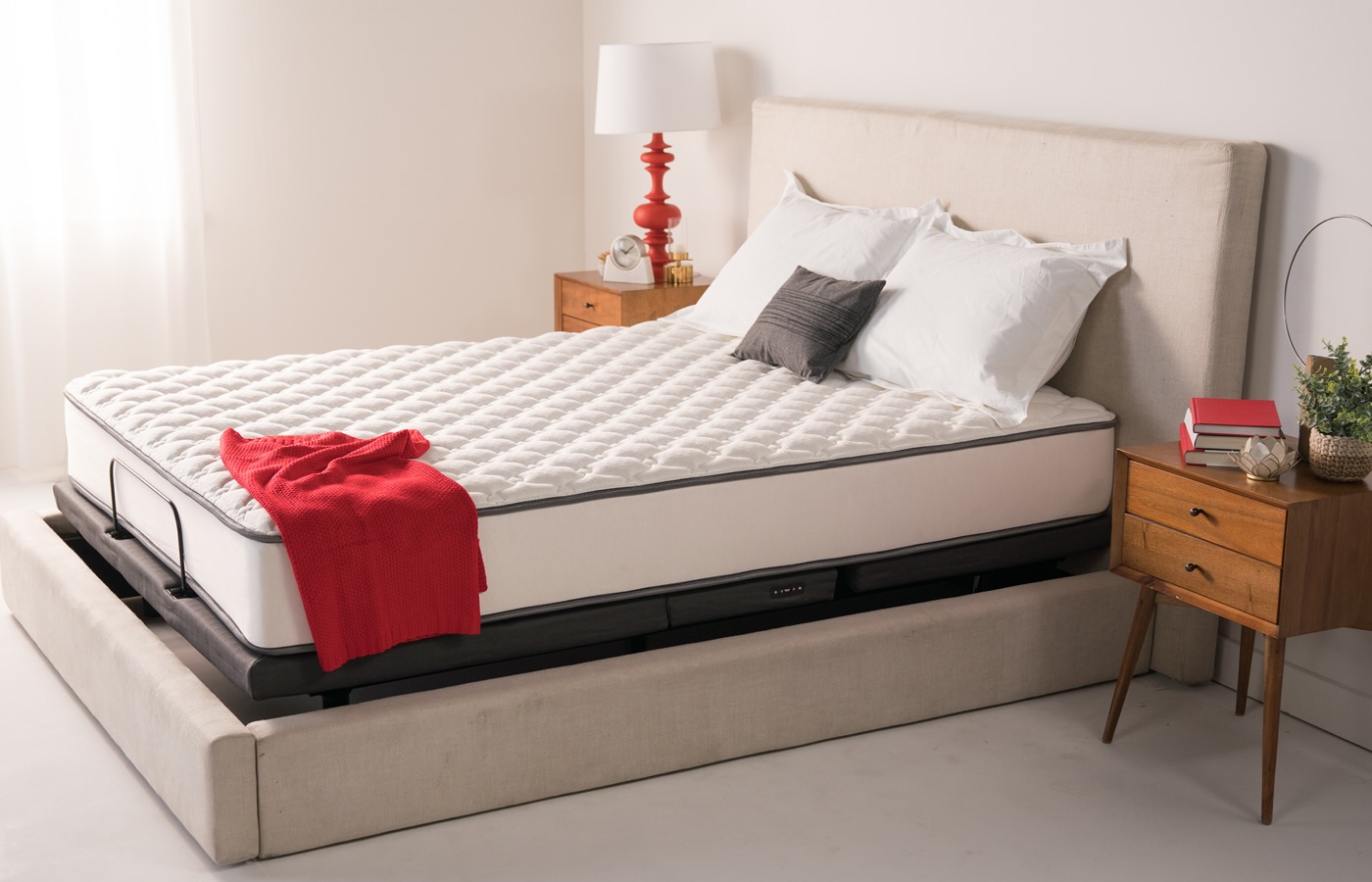
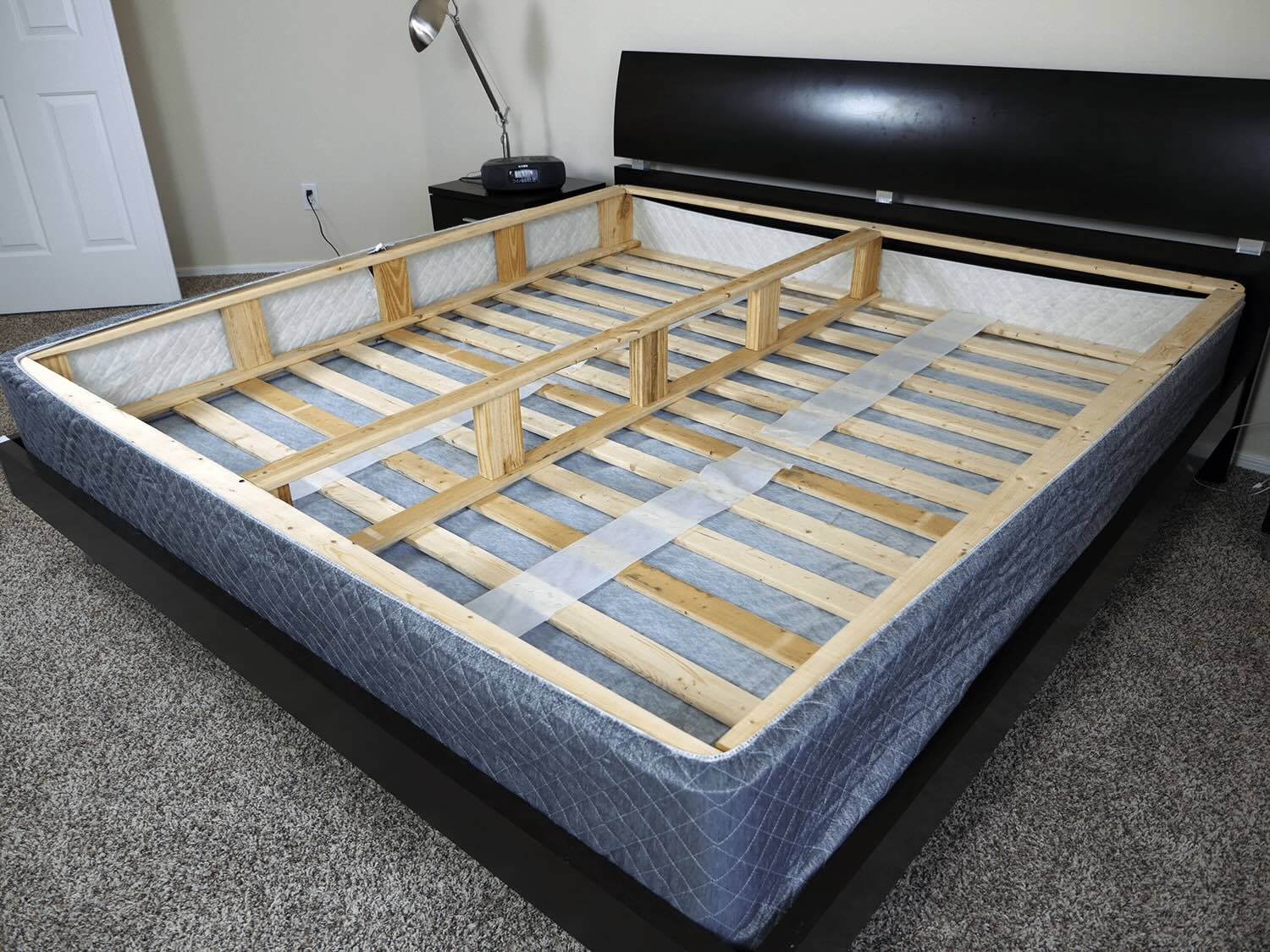
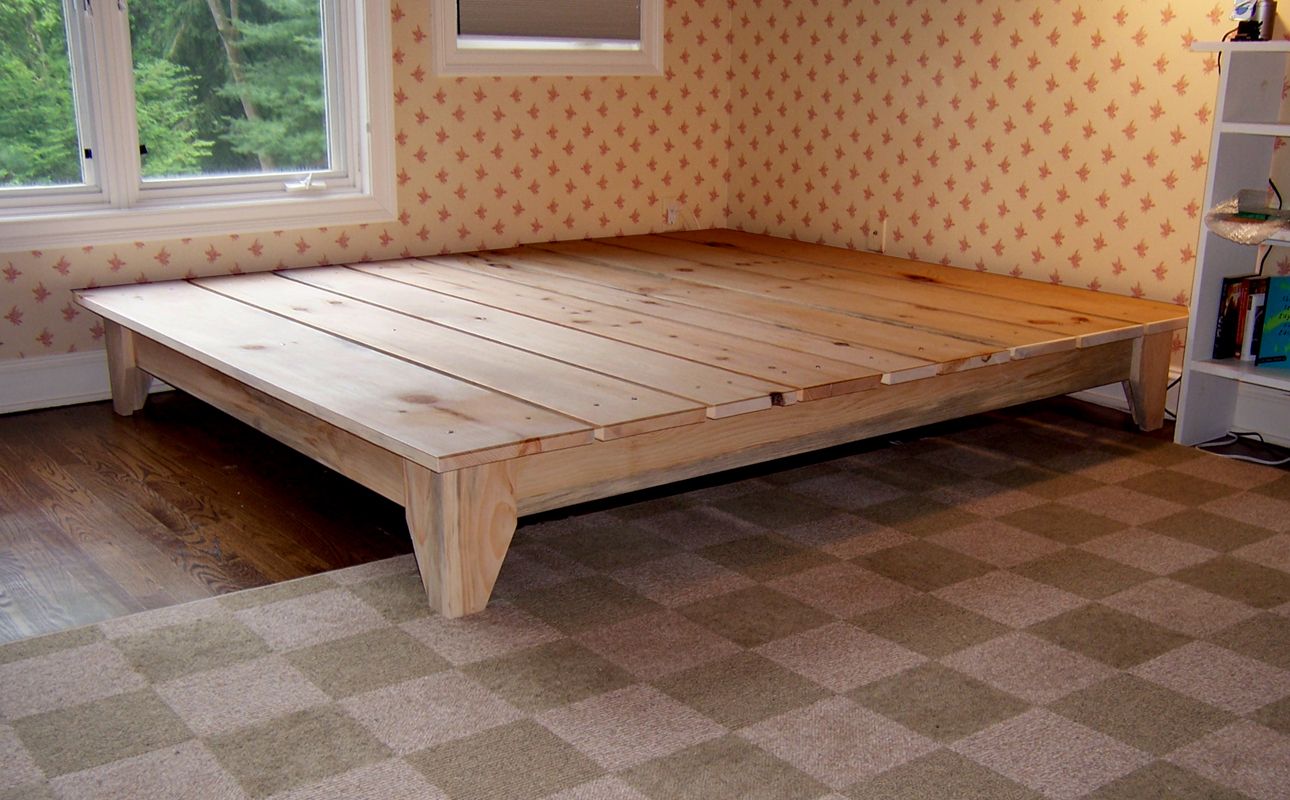
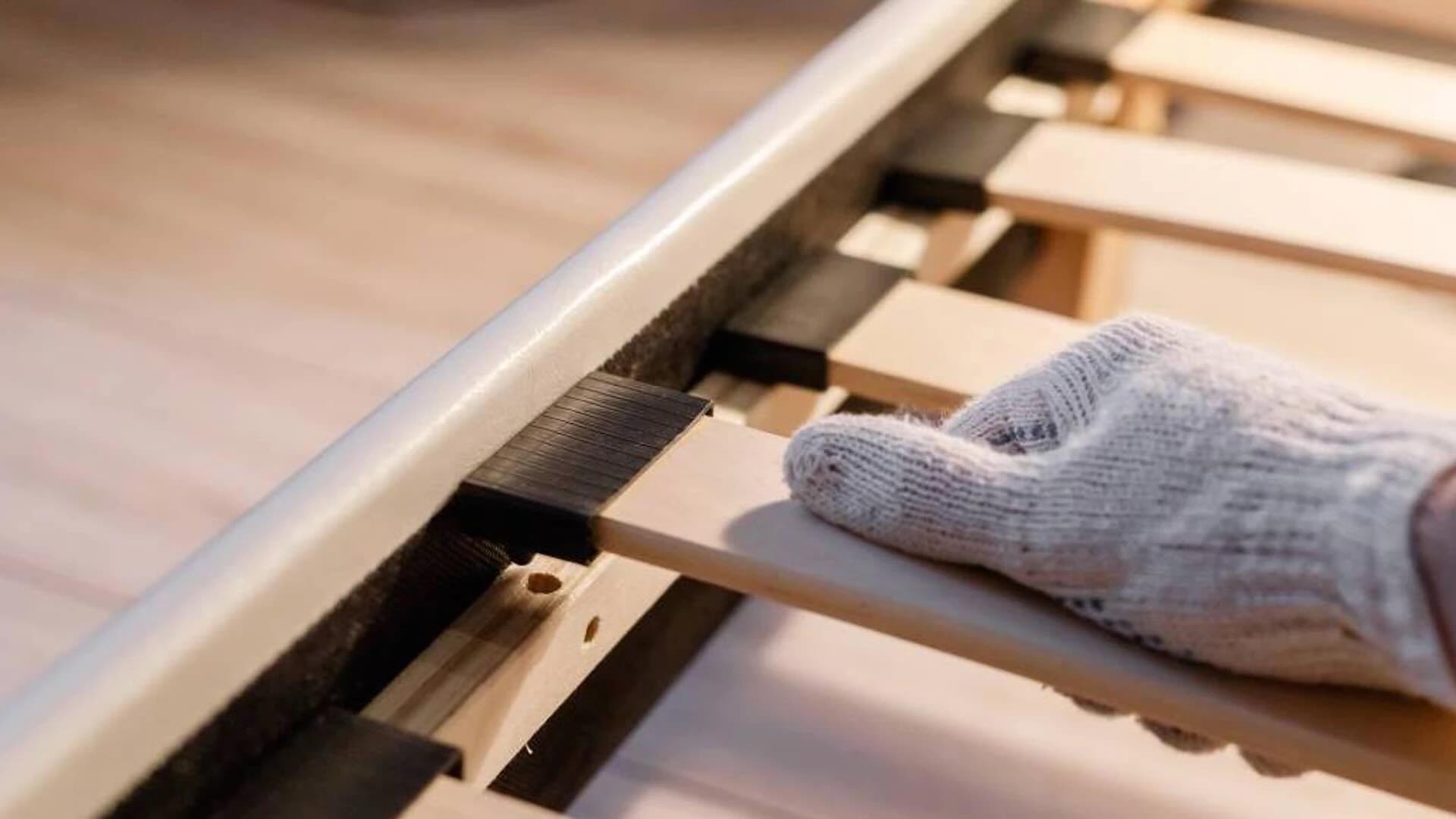


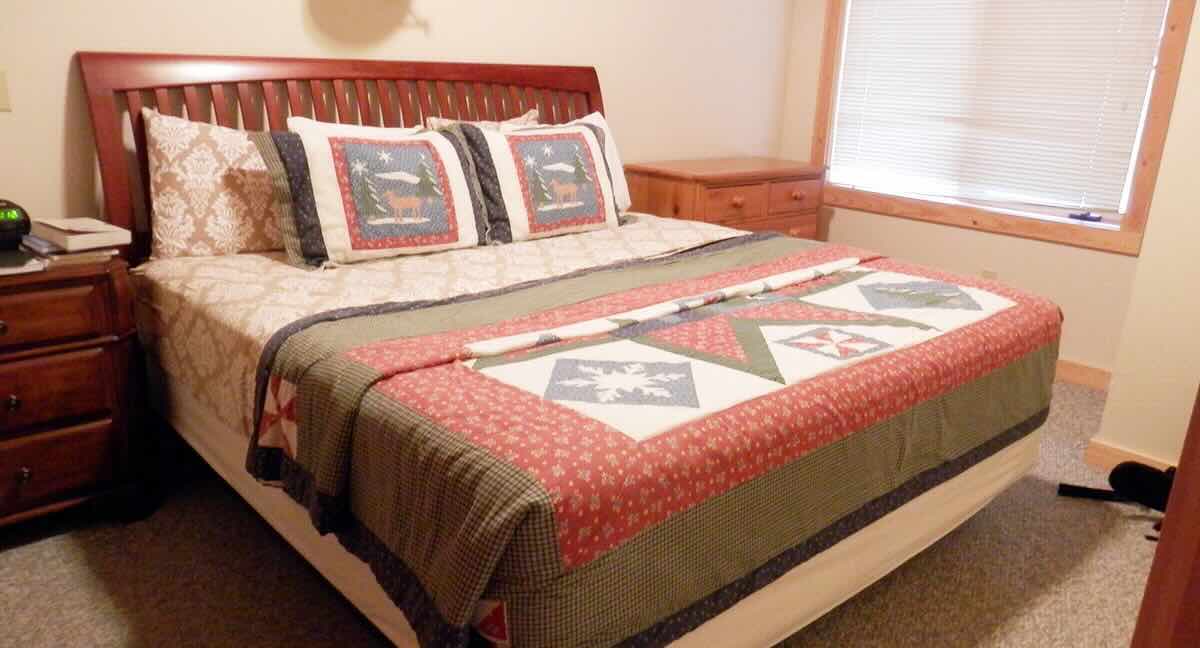


0 thoughts on “How To Fix A Bed Frame”